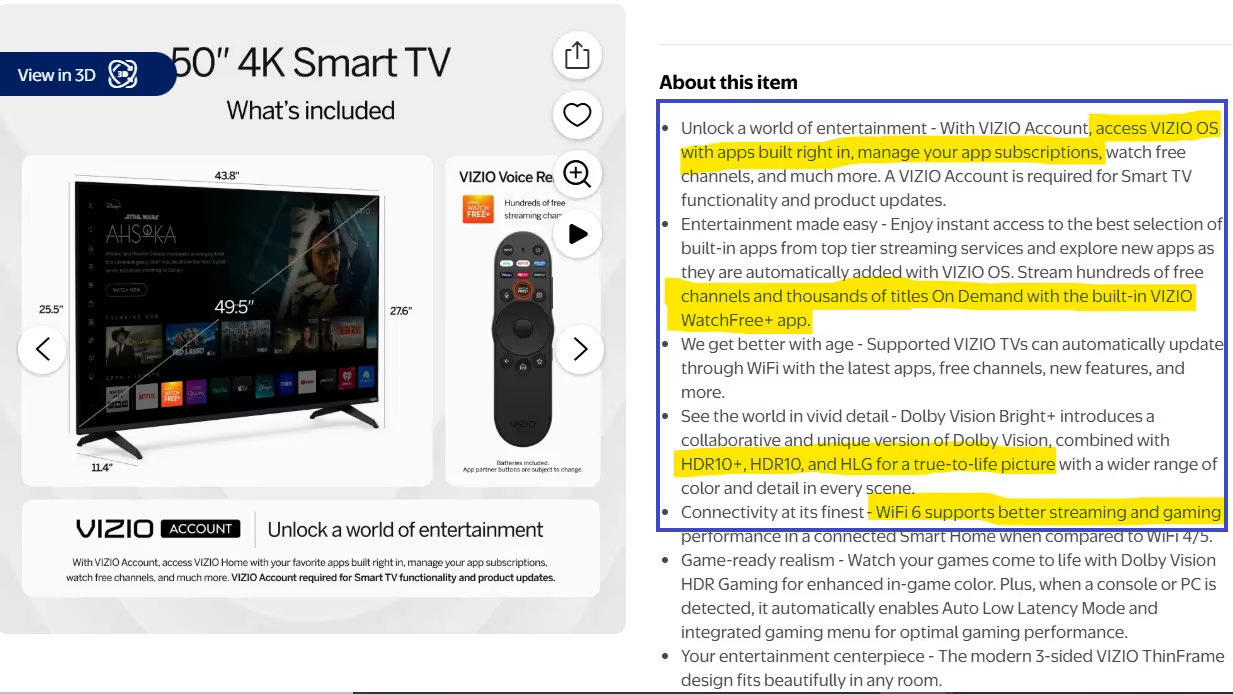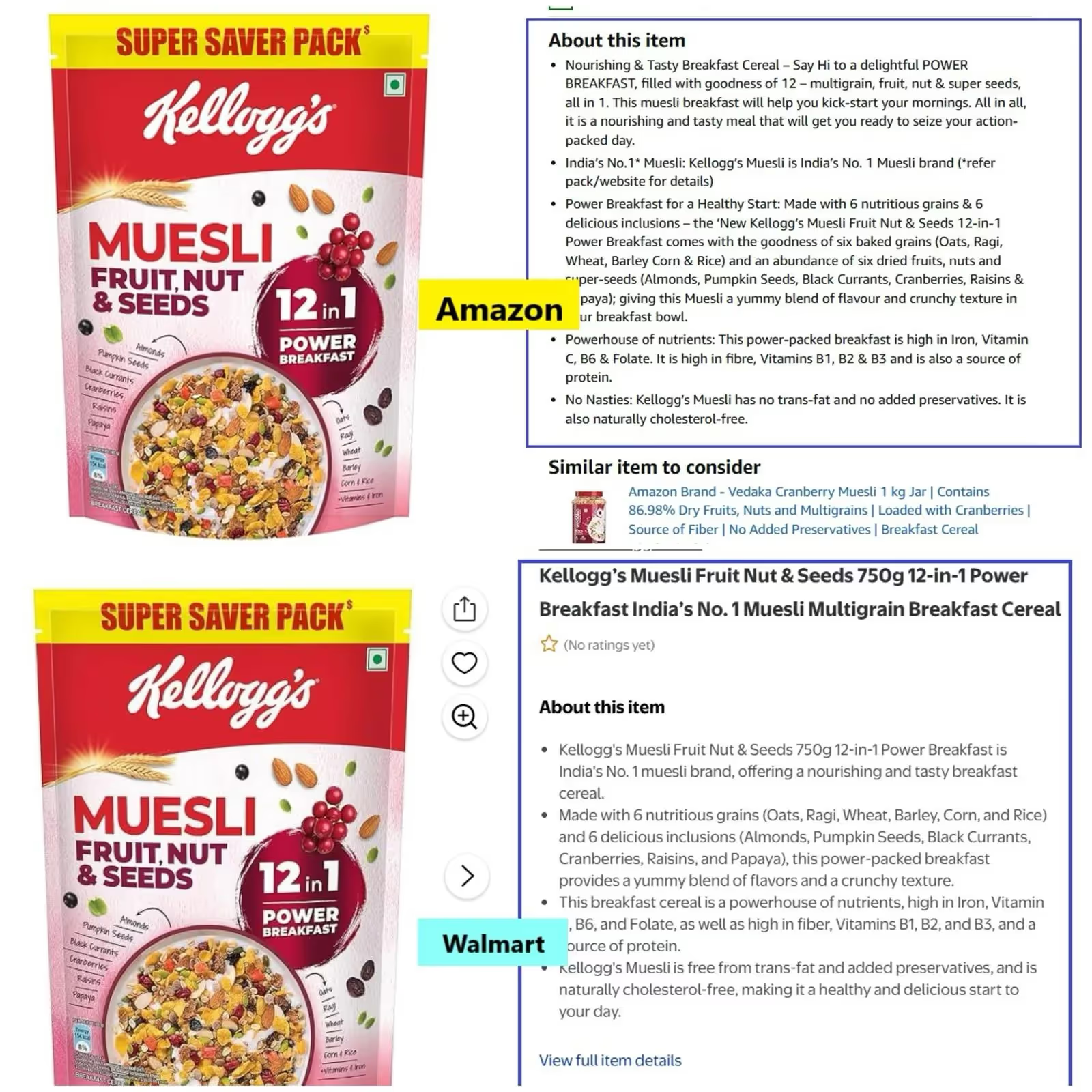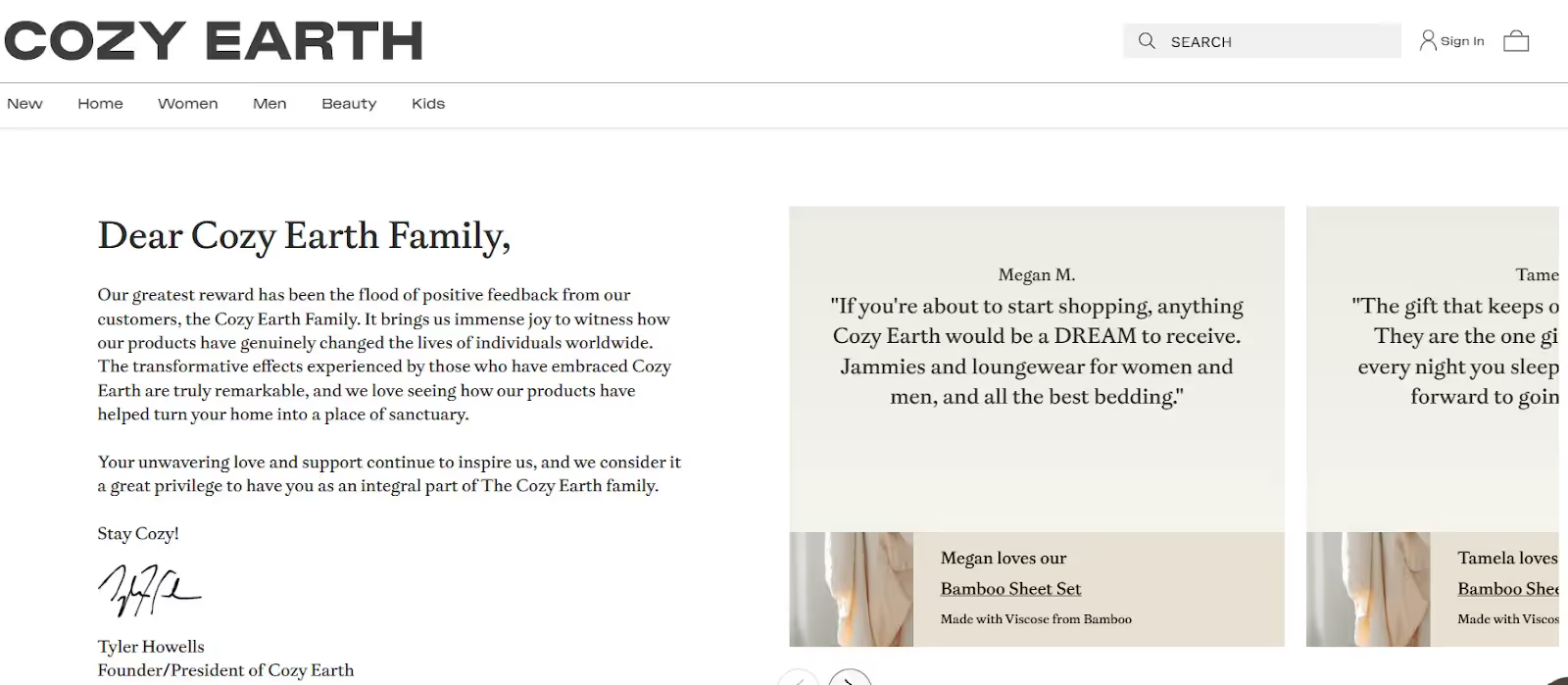Stuck in that endless cycle of writing, tweaking, and rewriting product descriptions? Creating unique PDPs (Product Description Pages) at scale feels like running on a treadmill sometimes—lots of effort but never quite getting ahead. When you're handling hundreds or thousands of products, that creative spark can quickly burn out, leaving you with repetitive, uninspiring content that neither excites customers nor helps your SEO. But what if there was a better way to tackle this challenge without sacrificing quality or your sanity?
That’s where artificial intelligence can make a difference; it streamlines the entire process while maintaining brand voice and product integrity. Let’s dive deeper into this-
Why Traditional Product Description Creation Fails at Scale
Creating compelling PDPs across extensive inventories comes with several obstacles that can hamper growth and efficiency:
- Time Investment: According to industry data, 42% of e-commerce product managers spend an average of 5-10 minutes writing a single high-quality product description. For inventories with thousands of products, this quickly becomes unsustainable.
- Consistency Issues: Multiple content creators mean varying tones and styles, leading to inconsistent PDPs.
- Resource Allocation: Dedicating internal resources to manual description writing diverts talent from other critical business operations.
- Content Distribution: Modern retail requires optimized content not just for your website, but for multiple platforms, including Amazon, Walmart, Target, and other marketplaces—each with their specific guidelines and requirements.
- SEO Optimization: Effectively incorporating keywords and relevant search terms manually across thousands of descriptions is a highly labour-intensive process.Yarnit's ecommerce SEO checklist covers these optimization challenges.
How Yarnit Transforms Product Description Strategy
Yarnit represents a fundamental shift in how brands approach product content creation. Moving beyond template-based systems, Yarnit’s advanced NLP models understand your brand and generate PDPs optimized for clarity, engagement, and SEO.
The platform's technology enables several key transformations in your workflow:
- Intelligent Data Processing: Yarnit analyzes raw product data, automatically identifying and prioritising the most compelling features based on customer preference patterns
- Context-Aware Content: Rather than treating each product in isolation, Yarnit understands product relationships within categories, ensuring descriptions highlight unique selling propositions
- Dynamic Learning System: Each piece of feedback improves future outputs through Yarnit's adaptive learning capabilities
- Unified Content Strategy: The platform bridges gaps between technical specifications, marketing messaging, and channel requirements to create a cohesive product narrative
Benefits of AI-Powered Product Descriptions
- Time Savings: AI tools can generate PDPs in seconds, allowing for a 4X increase in content output with existing resources.
- Improved Conversion Rates: Well-crafted, AI-generated descriptions that focus on benefits rather than just features can improve conversion rates by up to 35%.
- Brand Consistency: AI ensures that all descriptions maintain the same tone, style, and formatting, regardless of volume, thereby strengthening brand recognition and consumer trust.
Tools like Yarnit help create retail-oriented product descriptions in bulk that align with your brand's voice and style. - Enhanced SEO Performance: Automated tools can identify and integrate relevant keywords based on market research, improving search rankings and driving organic traffic.
- Reduced Customer Acquisition Costs: Effective, optimized product descriptions can reduce customer acquisition costs by 30% or more by improving organic discovery and conversion.
Top Strategic Approaches to Scaling Product Descriptions Effectively
When implementing AI for product description creation, consider these best practices to maximize effectiveness:
.avif)
Focus on benefits, not just features.
Prompt your AI tools to convert technical specifications into customer benefits.
For example, Vizio’s LED Smart TV highlights its WiFi 6 support by explaining how it enables faster, more reliable streaming and gaming, rather than simply listing “WiFi 6” as a feature.

Segment Similar Products
When dealing with similar items, distribute them among different templates or approaches to avoid repetitive content. For example, Dyson’s Supersonic Hair Dryer and Airwrap both target hair styling but cater to different needs. The Supersonic emphasizes fast drying and precise styling, while the Airwrap focuses on versatile, personalized curling. By highlighting each product’s unique benefits, you avoid repetitive content and keep your messaging fresh and engaging.

Create Micro-Stories
Utilize AI to craft concise narratives that enable customers to envision the product in their daily lives.
Ghar Soaps nails this by demonstrating how their exfoliating gloves can be integrated into a step-by-step skincare routine, making the process feel approachable and relatable.

Leverage A/B Testing
Generate multiple versions of descriptions that focus on different benefits to identify which one drives better conversion. For instance, Kellogg’s PDP for Amazon differs from that for Walmart, catering to various geographies. Testing these variations helps identify what resonates best with each audience.
Tools like Yarnit can streamline A/B testing by quickly generating on-brand content variations. It tracks analytics performance across platforms, helping refine messaging for maximum impact. This data-driven approach replaces guesswork with confidence about which elements truly connect with your audience.

Incorporate Emotional Triggers
Analyse product reviews to identify emotional connections customers have with your products, then use these insights to guide AI-generated content. These reviews are a form of user-generated content that can help guide your AI tools in writing more human and relatable copy.
Curious about how UGC, like reviews, can fuel better content? Read our latest blog.
For example, Cozy Earth features customer reviews in the navigation menu, which further helps in product recommendations.

For a detailed guide on how to structure these product narratives effectively, Yarnit’s resource on writing good product descriptions provides actionable examples brands can follow.
Building Brand Impact Through Smarter PDPs
The future of product content creation isn't just about automation—it's about empowering teams to achieve more with their existing resources while delivering superior customer experiences that drive conversion, loyalty, and growth. With the right AI partner, such as Yarnit, scaling PDPs becomes not just manageable but a strategic advantage in today's competitive marketplace.
Whether you're looking to save time, improve conversion rates, or ensure brand consistency across thousands of products, Yarnit's flexible implementation options—from fully managed solutions to seamless API integration—adapt to your unique workflow requirements. In today's competitive marketplace, scaling product descriptions effectively isn't just a necessity; it's an opportunity to connect more meaningfully with customers while driving sustainable growth.










